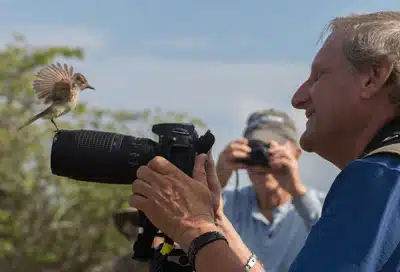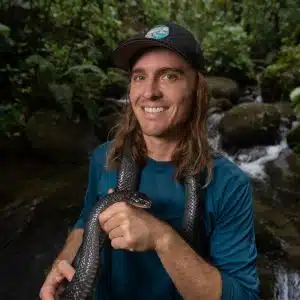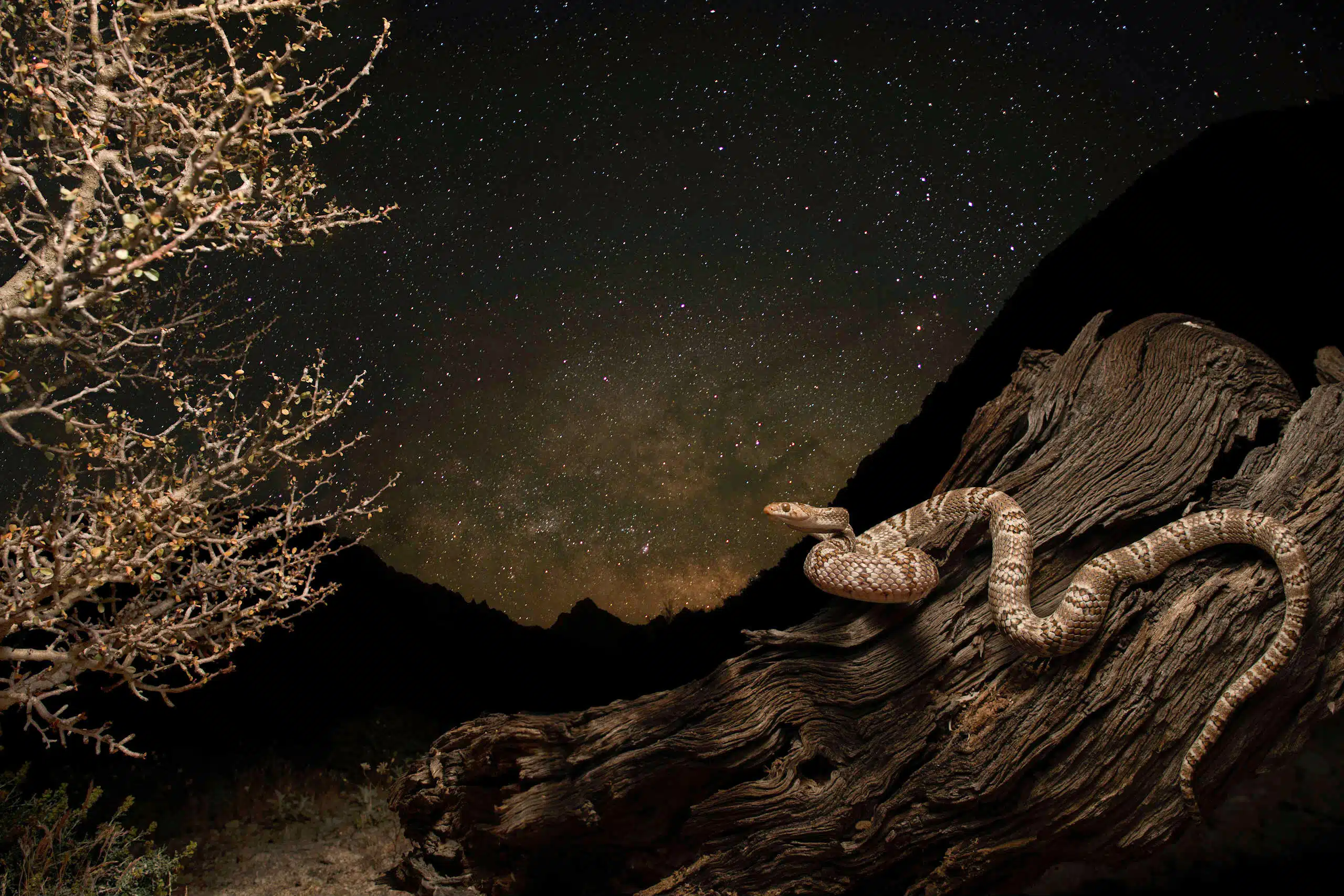A Photographic
Opportunity
Like No Other
Join A Conservation Photography Workshop
Effective conservation photography fosters a personal connection with the subject, one which can open a heart even if it’s connected to a closed mind.”
-Scott J. Trageser, Conservation Photographer, Group Leader
Want to put your photography skills and desire for travel to use for conservation? We are seeking photographers for our conservation photography workshops to travel to wild and scenic locales that are in urgent need of global attention, and you can help visually share the stories of places, plants and animals that might perish without your efforts.
Our photography workshops are unlike any other in the world.
Unlike typical photo tours and workshops, we provide instruction in how to take photographs that are used for saving species. You can use the images you take in the wilds of Ecuador or Vietnam to help protect those same areas, and the species within them.
Visit breathtaking places, stay in surprising comfort, and receive on-the-ground instruction and training to affect positive change in environmental protection. You will be able to use the images you take in the wilds of Bangladesh, Ecuador, Vietnam, and at our home in Arizona to help save those same areas, and the species within them.
A focus on macro “life overlooked”
Been on a African safari photo tour? Awesome! Spent time on the edges of ponds and rivers shooting waterfowl? We love it too! But as you may know, there are hundreds of tour and workshop companies focusing on birds and mammals. Only a handful of us focus on life overlooked like reptiles, amphibians, insects, and spiders. With our workshops starting in 2007, we were one of the very first organizations to do so.
But those smaller critters require different methods, gear, mindset, and qualified animal handlers to get the best macro photography results. As a member of the International League of Conservation Photographers‘ ethics committee, we are also in a unique position to teach ethical methods that are unique to the critters we work on, all at your pace.
There is simply no other opportunity like this in the world. Consider joining our workshops in 2024 now that our pandemic hiatus has lifted!
Read of FAQ here
Our ratio of participants to instructors is 1/4, and a maximum of 12 participants. (Try to find that elsewhere!)
Here’s What Makes Us Different
Once we finish the expedition, we’re not done. Each participant will have the opportunity to provide some of their best shots towards conservation projects, which may include:
- A photographic record of the biodiversity of the area
- An online exposé featuring your most beautiful images
- A photo book featuring the group’s images
- A short-feature documentary on the site and its inhabitants
If you chose for your images to be used for conservation projects, you will be credited to each endeavor – it’s not only a great way to give something back, it’s a great way to build your profile and professional network.


Lead Photographer
Striking imagery has the power to change the world. Scott personally witnessed this while working in Bangladesh with the Creative Conservation Alliance, an organization he co-founded. He pioneered the use of conservation photography in Bangladesh which has brought conservation successes to the country’s most threatened wild spaces. Scott has worked in over 20 countries to highlight and save the threatened biodiversity therein. His award-winning work has been featured by National Geographic, BBC, The Guardian, and a multitude of other print and online outlets. Scott is best known for his international expedition studio photography which focuses on documenting novel and threatened species in the most remote and grueling conditions possible. This has earned him Fellowships with the prestigious International League of Conservation Photographers, Explorer’s Club, and Royal Geographic Society. Find about more about Scott and his body of work at NatureStills.com.
